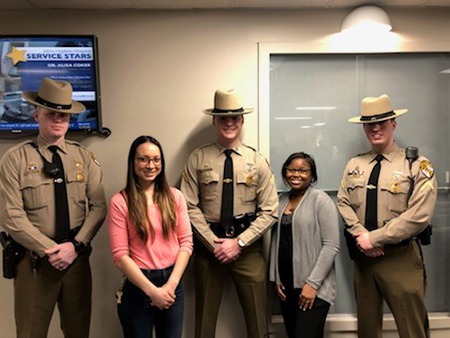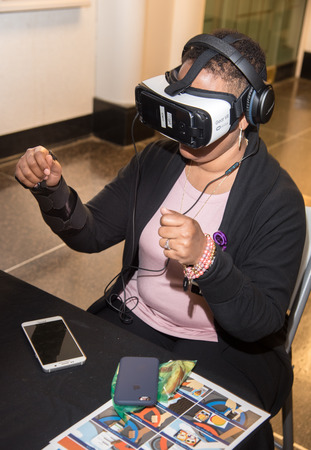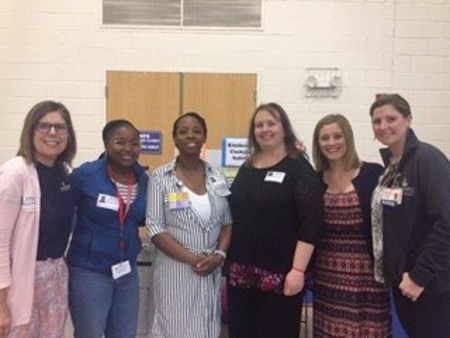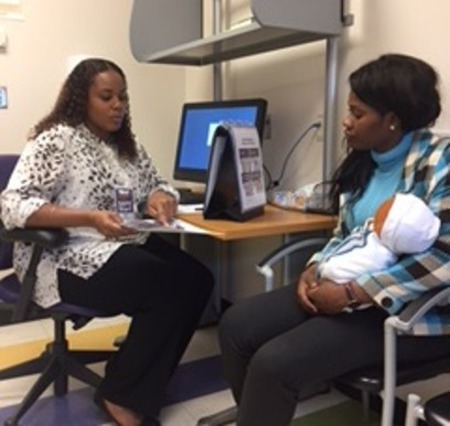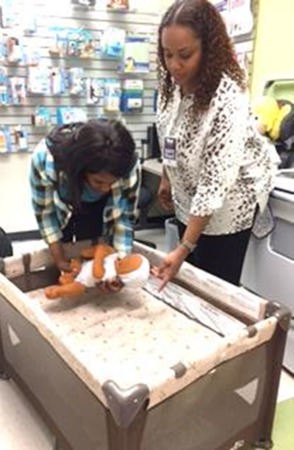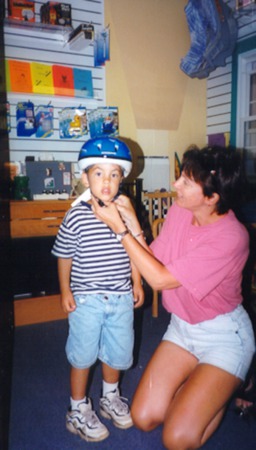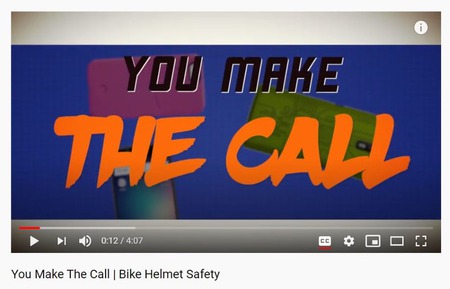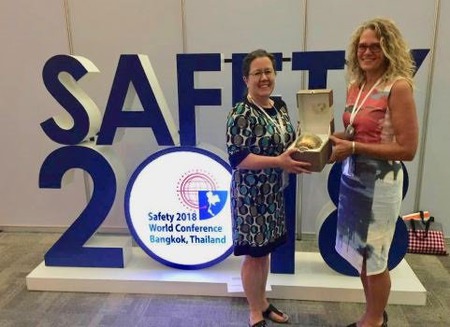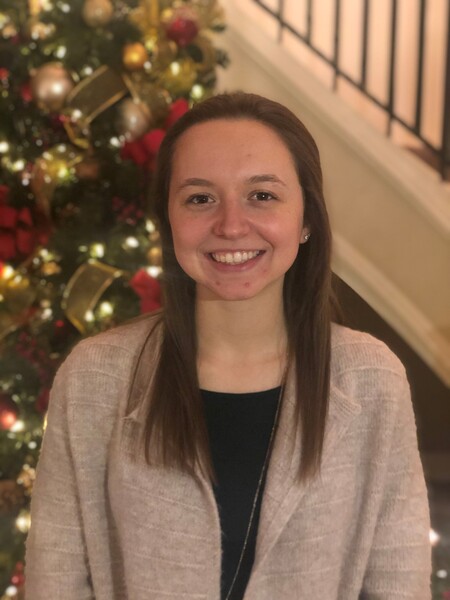Programs
- Between Riding and Driving Program
- Car Seat Inspections
- Child Passenger Safety Services
- Distracted Driving Prevention Awareness Seminar and Health Fair
- In-Patient Injury Prevention Consult Program
- Johns Hopkins Children's Safety Centers
- Johns Hopkins Mobile Safety Center
- Pediatric Trauma Service Monthly Research Meetings
- Safety in SecondsTM
- The Johns Hopkins Children's Safety Center
- Winter Weather Safety
Research and Presentations
- Enhancing Safe Sleep Practices of Urban, Low-Income Mothers
- Evaluation of a Bicycle Safety Program and Free Bicycle Helmet Distribution for Children Ages 10-15 in an Urban Hospital Setting
- Promoting bike helmet safety for Baltimore City children through a culturally tailored educational video in the primary care setting
The Injury Free Coalition for Kids (IFCK)—Baltimore formed under the direction of Dr. Charles N. Paidas, Director of the Pediatric Trauma Program in 2002, when we became the 27th local Injury Free site. Working closely with the Manager of the Pediatric Trauma Program, Susan Ziegfeld, MSN, PNP-BC, they hired Ben Selassie, LCSW, MPH as the PC. They invited Dr. Andrea Gielen and Ms. Eileen McDonald from the Johns Hopkins Bloomberg School of Public Health’s Center for Injury Research and Policy to add their pediatric injury prevention expertise to the team. Gielen and McDonald had recently established the first U.S.-based safety resource center, the Johns Hopkins Children’s Safety Center, and were conducting a randomized control trial to evaluate it. The signature program of IFCK—Baltimore in its early years was the establishment of a Parent Safety Leadership Group . IFCK—Baltimore joined with other local community groups to lead several focus groups to clarify needs. We gathered input from community residents on injuries to children in their neighborhoods and solicited from parents their interest in working with us. We developed a curriculum and trained a set of parents and neighbors in East Baltimore to improve community safety. The Parent Safety Leadership Group then assisted with training other parents and caregivers in various injury prevention topics, such as smoke alarm installation, poison prevention, CPR, and First Aid. The aim of the program was to train parents, residents, neighbors, and caregivers to become safety leaders and advocates for safety in their communities. Baby Safety Showers were another signature IFCK—Baltimore program. These showers provided education and safety supplies to teen moms in the community.
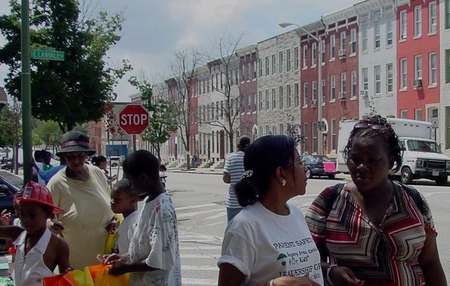
In 2015, IFCK—Baltimore leadership transitioned from the Pediatric Trauma Program to the Johns Hopkins Center for Injury Research and Policy, with Eileen M. McDonald serving as PI. We created an administrative structure to support our efforts, the Johns Hopkins Child Injury Prevention Network (JHCIPN). JHCIPN is a collaborative group of faculty and staff from the Johns Hopkins Center for Injury Research and Policy (Center) at the Bloomberg School of Public Health, the Department of Pediatrics, the Pediatric Emergency Department, and the Pediatric Trauma and Burn Program at the Johns Hopkins Children’s Center (JHCC). Our tripartite mission is to:
Advance research and its application to reduce the burden of injuries among children;
Bring evidence-based services and programs to the patients and families of the Johns Hopkins Children’s Center, the Harriet Lane Clinic (primary care) and the Baltimore community; and
Educate families and providers on how to best reduce the risk of injury through injury prevention services, including consultations, community outreach, referrals, resources and safety products
Together and separately, members of CIPN have continued to conduct research trials on various injury topics, both in primary prevention of injuries and in the treatment of injuries and burns. We continue to turn research studies into community service projects, and we dedicate resources to providing injury prevention education and services through numerous community service projects, many of which involved medical, nursing and public health students and staff to help attract new professionals to the field of injury control. A sample of recent research projects and educational and service programs is listed above.

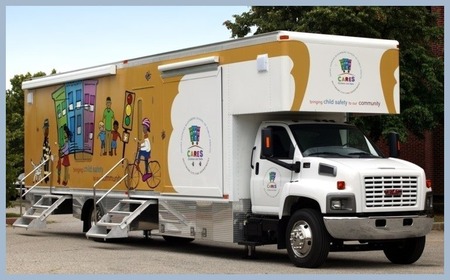
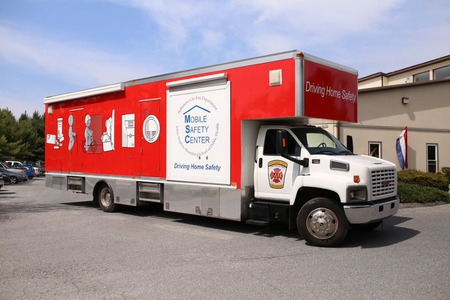
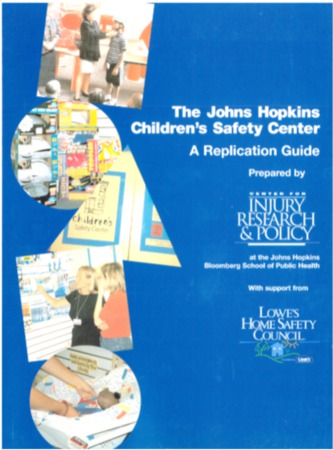
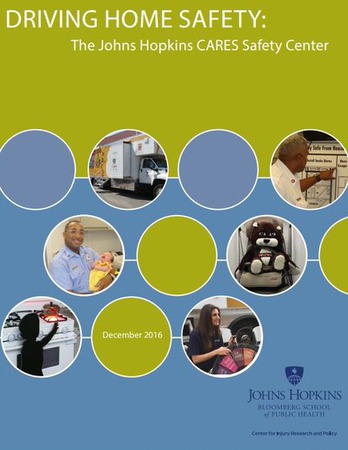
Baltimore Directors
- Eileen M. McDonald, MS
Contact Info
Eileen M. McDonald
emcdona1@jh.edu
Creason Walter
cschafe6@jh.edu
Mapping address: 624 N. Broadway, Baltimore, MD
